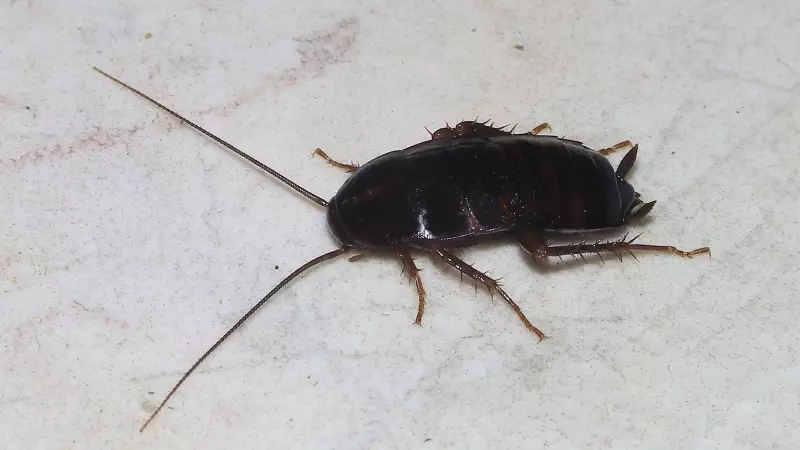
When we imagine the destructive power of a raging wildfire or the apocalyptic force of a nuclear explosion, it seems impossible that any living creature could endure such extremes. Yet, nature has equipped a select group of animals with astonishing survival capabilities that allow them to withstand what would be certain death for most species.
Microscopic Marvels and Radiation-Resistant Insects
At the forefront of nature's survivalists are creatures both microscopic and commonly encountered in our daily lives. These animals have evolved remarkable adaptations that enable them to defy radiation, extreme heat, and environmental disasters that would obliterate most other forms of life.
The Nearly Indestructible Tardigrade
Known affectionately as water bears, tardigrades are microscopic animals that inhabit environments ranging from ordinary moss to deep-sea hydrothermal vents. Their reputation for near-indestructibility is well-earned through scientific testing that has subjected them to conditions far beyond human tolerance.
Researchers have documented these remarkable creatures surviving dehydration, freezing temperatures, boiling water, and radiation exposure 1,000 times greater than what would kill a human. Their resilience extends even to the vacuum of space, where they've withstood cosmic radiation during space missions and returned unharmed.
According to studies published in Nature Communications, scientists believe tardigrades could potentially survive global extinction events, possibly making them Earth's last surviving organisms in catastrophic scenarios.
The Legendary Cockroach
Cockroaches have long been associated with nuclear survival myths, but scientific evidence reveals there's substantial truth behind the legends. While they wouldn't thrive in nuclear fallout conditions, certain species can withstand radiation levels approximately ten times higher than humans.
These insects can survive radiation exposure of roughly 1,000 rads, compared to the mere 100 rads that could prove fatal to humans. Historical accounts from Hiroshima and Nagasaki documented cockroaches crawling through the debris following the atomic bombings, cementing their reputation as tenacious survivors.
Adaptation Masters and Fire-Seeking Specialists
Beyond the well-known survivors, nature has produced specialists that have developed unique strategies for enduring specific extreme conditions, from freezing temperatures to actual fire.
The Cryogenic Wood Frog
North America's wood frogs employ a survival strategy that borders on science fiction. During harsh winters, these amphibians freeze completely solid, with ice forming inside their bodies and their hearts stopping entirely. When warmer weather returns, they simply thaw out and resume normal activity as if nothing extraordinary occurred.
Radiation-Resistant Wasps and Adaptive Ants
Research published in The Journal of Heredity has revealed that certain parasitic wasps from the braconid family possess unusual radiation resistance. Their rigid genetic structure enables them to withstand cellular damage from ionizing radiation, explaining how some insect populations recover so rapidly following nuclear events.
In one of the most astonishing real-world examples, scientists discovered an entire colony of wood ants thriving in an abandoned Soviet nuclear bunker. As documented in the Journal of Hymenoptera Research, these ants survived without light or adequate food sources, sustaining themselves through remarkable adaptations including consuming fallen nestmates.
Pyrophilic Beetles and Ancient Scorpions
Some beetles actively seek out the very element most creatures flee—fire. Pyrophilic beetles, particularly those in the Melanophila genus, are naturally attracted to forest fires because they deposit their eggs in freshly burned trees. Equipped with sophisticated heat-detecting sensors that can identify flames from miles away, these insects possess tough exoskeletons that protect them when venturing close to blazing infernos.
Scorpions represent living fossils that have persisted for hundreds of millions of years, surviving volcanic eruptions and mass extinction events. While not technically fireproof, these arachnids demonstrate exceptional tolerance for toxic and radioactive environments, capable of withstanding intense heat and surviving months without food.
These extraordinary animals collectively demonstrate the incredible power of evolution and adaptation, reminding us that life finds astonishing ways to persist even under the most extreme circumstances imaginable.





